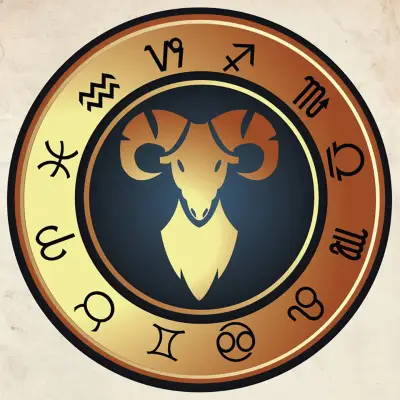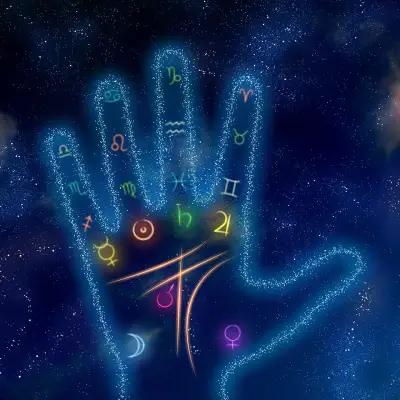Cryptids are animals that are claimed to exist based on anecdotal or folkloric evidence but haven’t been proven by scientific means. From shadowy figures lurking in dense forests to enormous beasts hidden deep in the ocean, these mysterious creatures have fascinated people across the world.
Perhaps you’ve heard the legends, or maybe you’re just curious about the strange and unexplained. This blog post shares 17 famous cryptid animals and the sightings that have kept their legends alive.
Jump to:
- What Is a Cryptid?
- The Loch Ness Monster (Nessie)
- Bigfoot (Sasquatch)
- Chupacabra
- Mothman
- The Jersey Devil
- The Kraken
- Mokele-Mbembe
- Yeti (The Abominable Snowman)
- The Beast of Bodmin Moor
- Thunderbird
- Bunyip
- The Flatwoods Monster
- The Dover Demon
- The Wendigo
- Ogopogo
- The Mongolian Death Worm
- The Loveland Frog
- Are Cryptids Real or Just Legends?
- Cryptid Hunters and the Study of Cryptozoology
- Frequently Asked Questions About Cryptids
- Study Cryptozoology for £29
Recommended for you!
Best SellersWhat Is a Cryptid?
The term "cryptid" comes from the Greek word "kryptos," meaning hidden or secret. A cryptid is a creature whose existence is suggested by legends, eyewitness accounts, or cultural folklore but hasn’t been confirmed by science. Some cryptids are entirely mythical, while others have historical roots that blur the line between reality and fiction.
The study of cryptids, called cryptozoology, often involves searching for evidence like footprints, hair samples, or video footage. While sceptics dismiss the field as pseudoscience, it has led to surprising discoveries. For instance, creatures once considered cryptids, such as the Komodo dragon and the giant squid, are now accepted as real animals.
1. The Loch Ness Monster (Nessie)
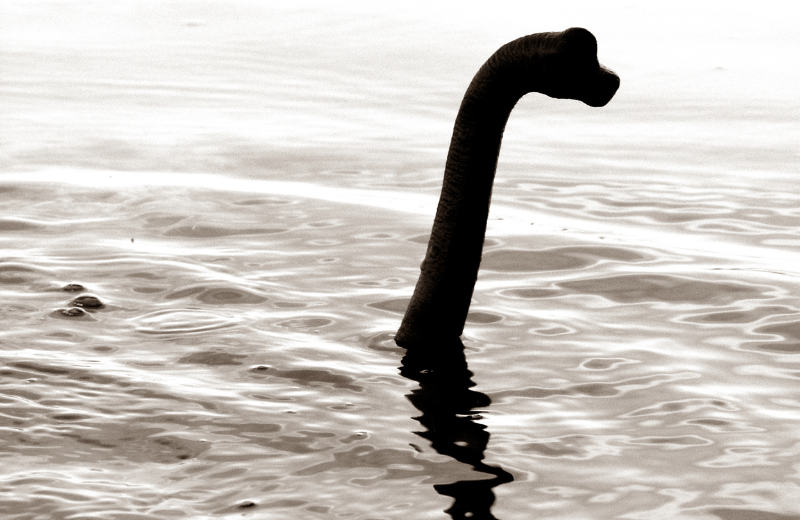
When you think of cryptids, Nessie likely comes to mind. The legend of the Loch Ness Monster originates from the Scottish Highlands, where locals and tourists claim to have seen a long-necked, serpent-like creature swimming in the dark waters of Loch Ness. The first written account dates back to the 6th century, but the creature gained global fame in the 20th century after a series of reported sightings.
Despite numerous searches using sonar and underwater cameras, no conclusive evidence of Nessie has been found. Is the Loch Ness Monster a cryptid that will one day be discovered, or is it simply a case of mistaken identity and wishful thinking?
2. Bigfoot (Sasquatch)
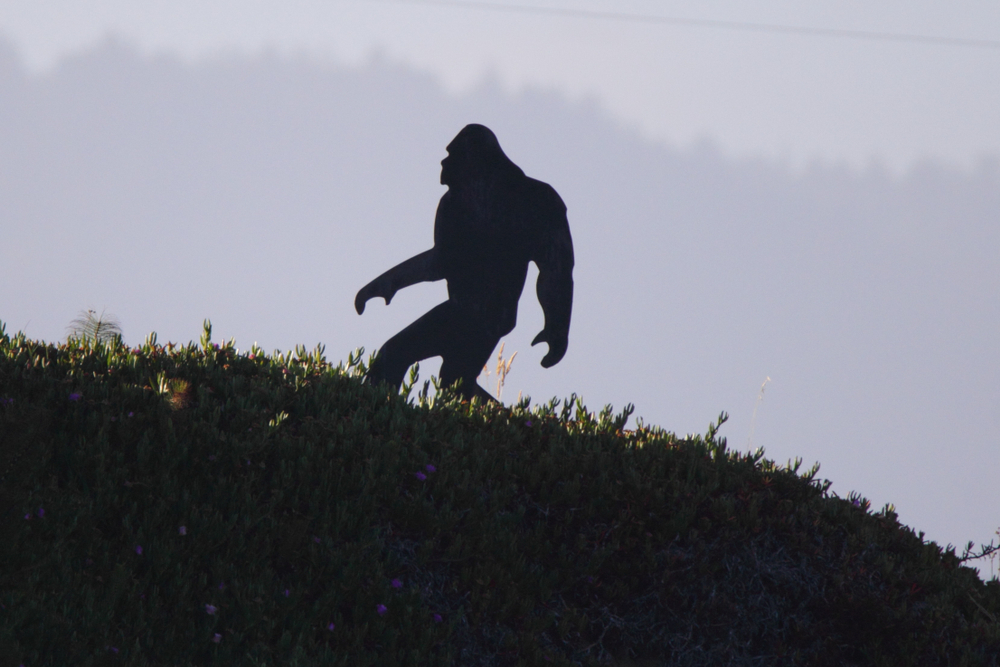
Bigfoot, or Sasquatch, is a large, ape-like creature that supposedly roams the forests of North America. Descriptions vary, but witnesses often describe a hairy, bipedal figure standing around eight feet tall. The legend of Bigfoot has roots in Native American folklore, but the modern phenomenon took off in the 1950s and 60s with a surge of reported sightings.
Photos, video footage (most famously the 1967 Patterson-Gimlin film), and footprints have added to the intrigue, but no concrete proof has emerged. Nevertheless, believers and cryptid hunters continue to explore the wilderness in search of this elusive creature.
3. Chupacabra
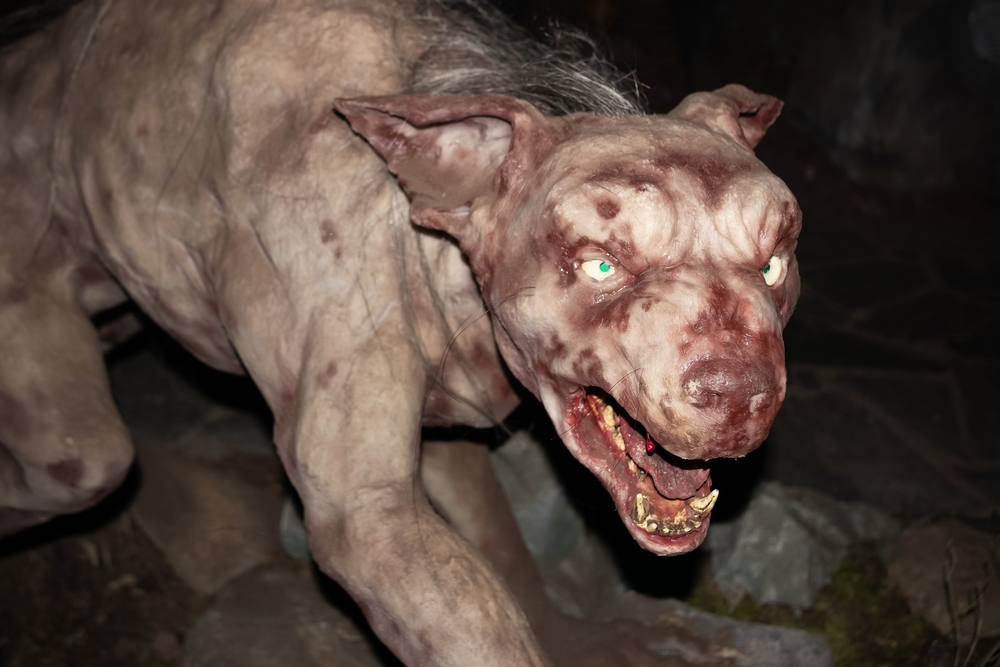
The Chupacabra, whose name translates to “goat-sucker” in Spanish, is a creature known for attacking livestock and draining their blood. First reported in Puerto Rico in the 1990s, this cryptid has since been sighted across the Americas. Witnesses often describe the Chupacabra as reptilian, with spines running down its back, or as a strange, hairless canine with glowing eyes.
While some cases have been debunked as misidentified wild animals, the legend persists, and many continue to search for evidence of the Chupacabra.
4. Mothman
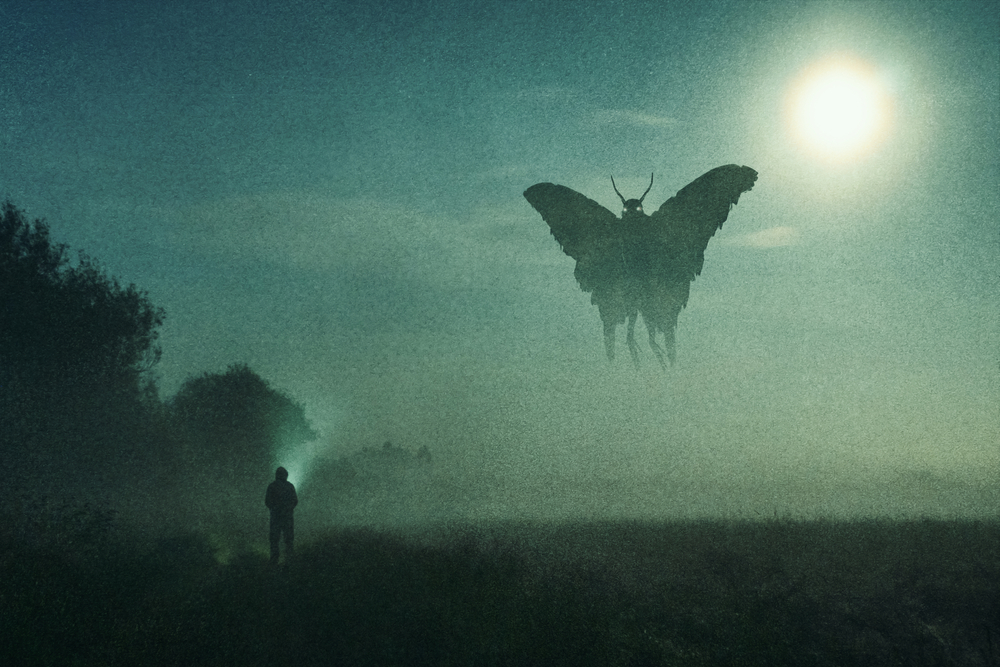
The Mothman legend began in Point Pleasant, West Virginia, in the 1960s. This cryptid is described as a man-sized creature with large wings and glowing red eyes. Sightings of Mothman are often associated with impending disasters, with the most famous connection being the collapse of the Silver Bridge in 1967, which resulted in the deaths of 46 people.
While some believe Mothman to be a harbinger of doom, others argue that the sightings are the result of misidentified birds or mass hysteria. The mystery, however, remains unsolved.
5. The Jersey Devil
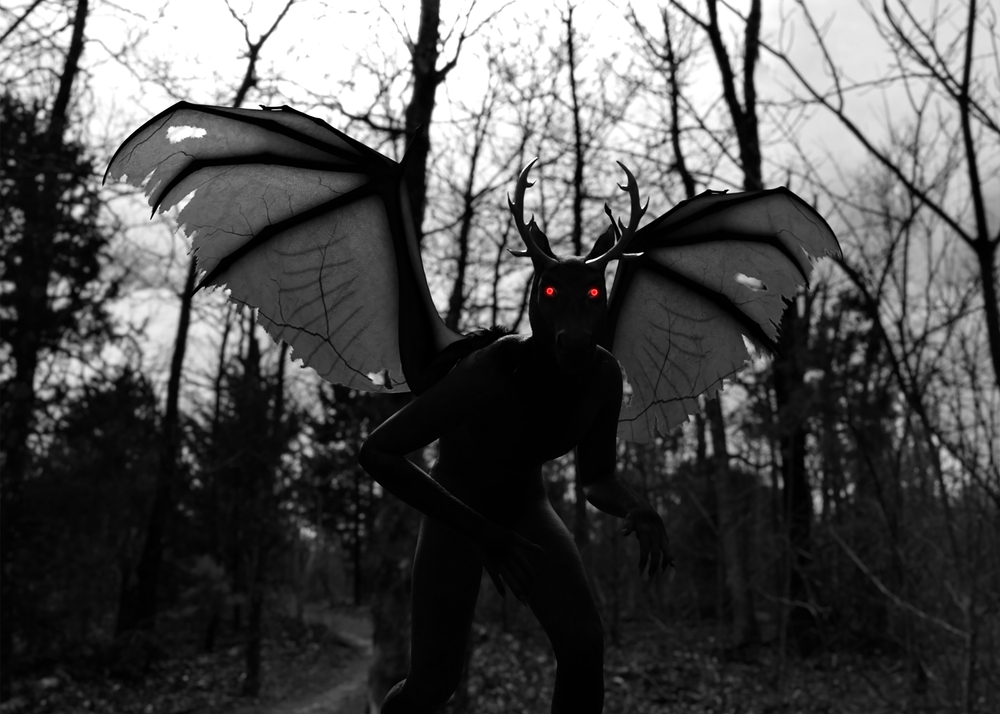
The Jersey Devil is said to inhabit the Pine Barrens of New Jersey, with tales of this cryptid dating back to the 18th century. Described as having the head of a horse, wings of a bat, and hooves, it’s certainly one of the more bizarre cryptid creatures. Legend has it that the creature was born as a cursed 13th child to a woman named Mother Leeds.
Over the years, numerous sightings have kept the story alive, but like most cryptids, there’s no scientific proof. The Jersey Devil remains a symbol of local folklore and a favourite topic for ghost stories.
6. The Kraken

Before the discovery of the giant squid, sailors told stories of the Kraken, a massive sea monster capable of dragging entire ships into the depths of the ocean. This cryptid legend comes from Nordic folklore, and early accounts describe the Kraken as a fearsome creature with tentacles the size of ship masts.
In the 19th century, scientists began to discover evidence of enormous squid-like creatures, lending some credibility to these ancient tales. While the Kraken itself may be mythical, the existence of real giant squids and colossal squids continues to captivate researchers and the public alike.
7. Mokele-Mbembe
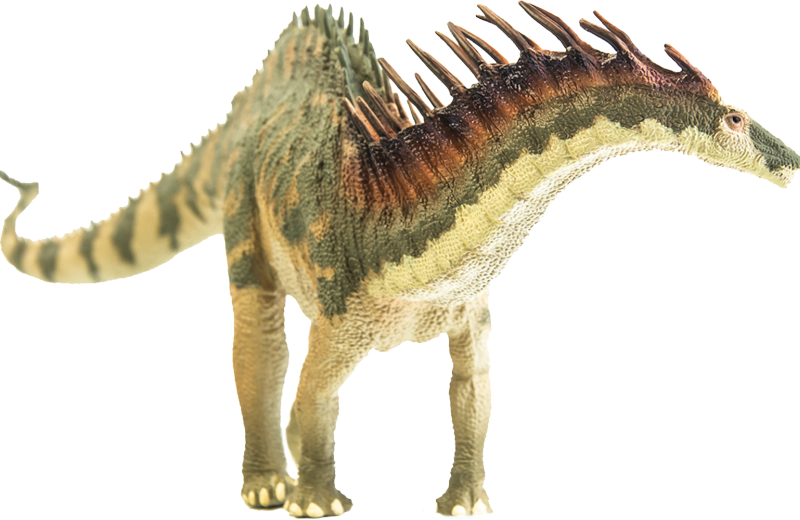
Mokele-Mbembe is a cryptid creature said to inhabit the Congo River Basin in Central Africa. Described as a dinosaur-like being, similar to a sauropod, reports of this cryptid have circulated since the early 20th century. Witnesses claim it’s massive, with a long neck and a tail that could easily crush a canoe.
Cryptozoologists have organised expeditions to find Mokele-Mbembe, but the thick, unexplored jungles have made the search difficult. Is this cryptid a living dinosaur or simply an overgrown crocodile?
8. Yeti (The Abominable Snowman)

The Yeti, or Abominable Snowman, is a cryptid said to live in the Himalayan mountains. Descriptions vary, but it’s generally depicted as a large, ape-like creature covered in thick white fur. Stories of the Yeti have existed for centuries among the people of Nepal and Tibet, but Western interest peaked in the 20th century after explorers claimed to find footprints in the snow.
While some argue the Yeti is a myth or a misidentified bear, the legend continues to draw adventurers and cryptid hunters to the snowy peaks of the Himalayas.
9. The Beast of Bodmin Moor
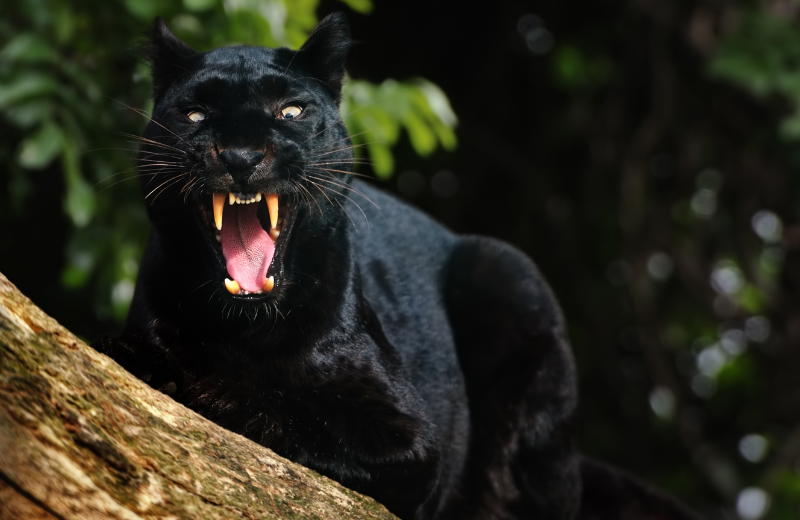
The Beast of Bodmin Moor is a legendary big cat said to roam the wilderness of Cornwall, England. Descriptions vary, but most claim it resembles a large black panther or leopard. Sightings have been reported for decades, with many claiming to have seen the elusive creature stalking livestock or lurking in the shadows of the moor.
Despite investigations by local authorities and wildlife experts, no definitive evidence has been found. While some argue the sightings are of escaped exotic pets, the legend of the Beast of Bodmin Moor remains a captivating mystery.
10. Thunderbird
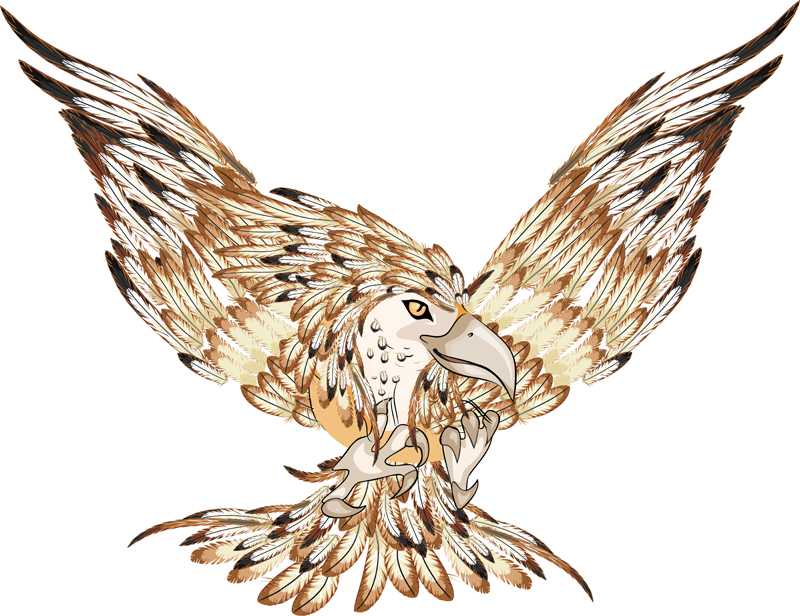
The Thunderbird is a massive bird-like cryptid said to be capable of creating storms with the flap of its wings. Stories of the Thunderbird originate from Native American folklore, where it is revered as a powerful spiritual being. Sightings of gigantic birds with wingspans exceeding 15 feet have been reported across North America.
Some believe the Thunderbird could be a surviving prehistoric bird, such as a pterosaur or a giant condor. However, no concrete proof has surfaced, and the Thunderbird continues to be a subject of fascination and speculation.
11. Bunyip
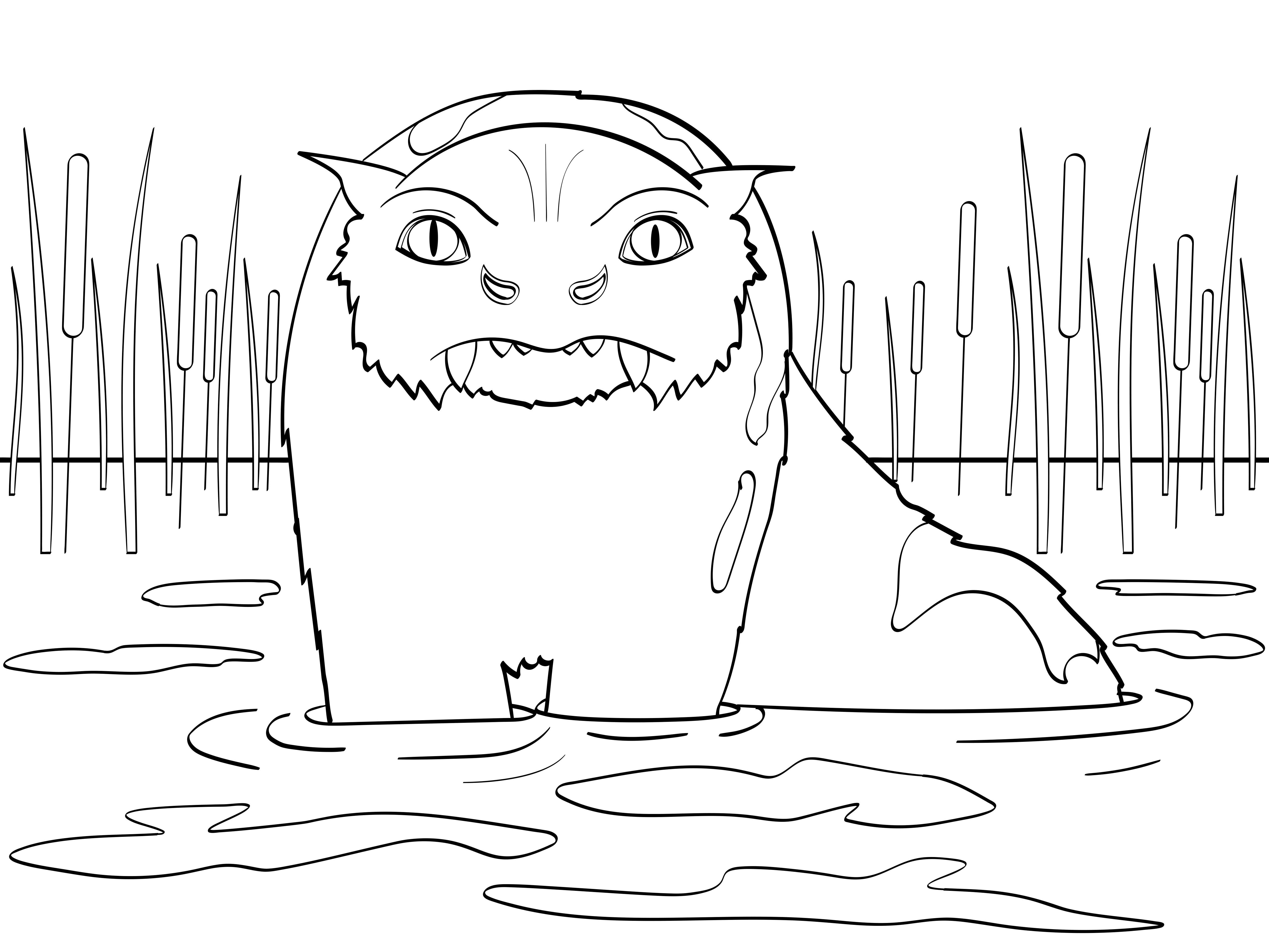
The Bunyip is a water-dwelling cryptid from Australian Aboriginal folklore. Described as a terrifying creature with a long neck, a horse-like tail, and walrus-like tusks, it is said to inhabit swamps, rivers, and billabongs across Australia. The Bunyip legend has been passed down through generations, and sightings were particularly common in the 19th century.
While some argue the Bunyip could be a misidentified seal or a now-extinct prehistoric creature, there has been no scientific confirmation. The Bunyip remains one of Australia's most enduring legends.
12. The Flatwoods Monster
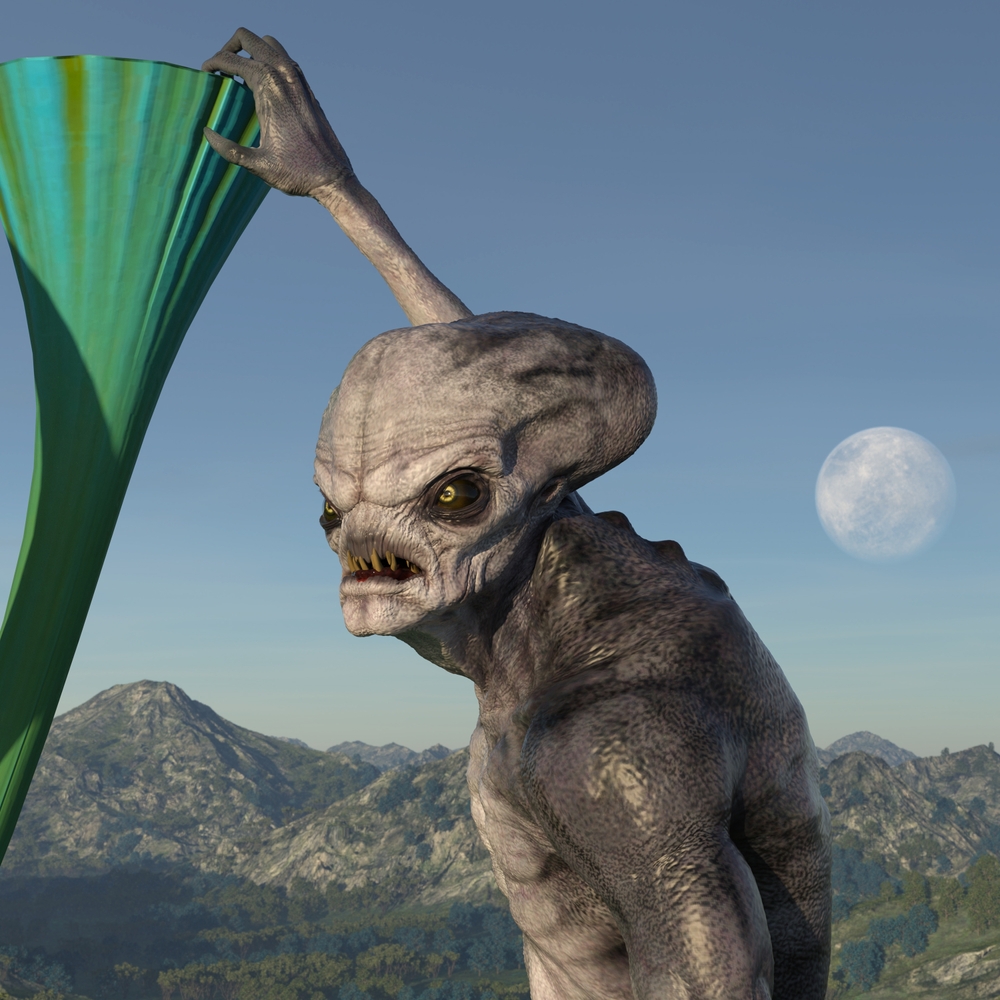
The Flatwoods Monster, also known as the Braxton County Monster, is a cryptid reported in Flatwoods, West Virginia, in 1952. Witnesses described a tall, alien-like figure with a spade-shaped head and glowing eyes, surrounded by a foul-smelling mist. The sighting occurred after a group of boys claimed to have seen a bright light streaking across the sky.
While some believe the Flatwoods Monster was an extraterrestrial visitor, others suggest it may have been a misidentified owl or meteorological phenomenon. The story remains a significant part of West Virginia folklore.
13. The Dover Demon
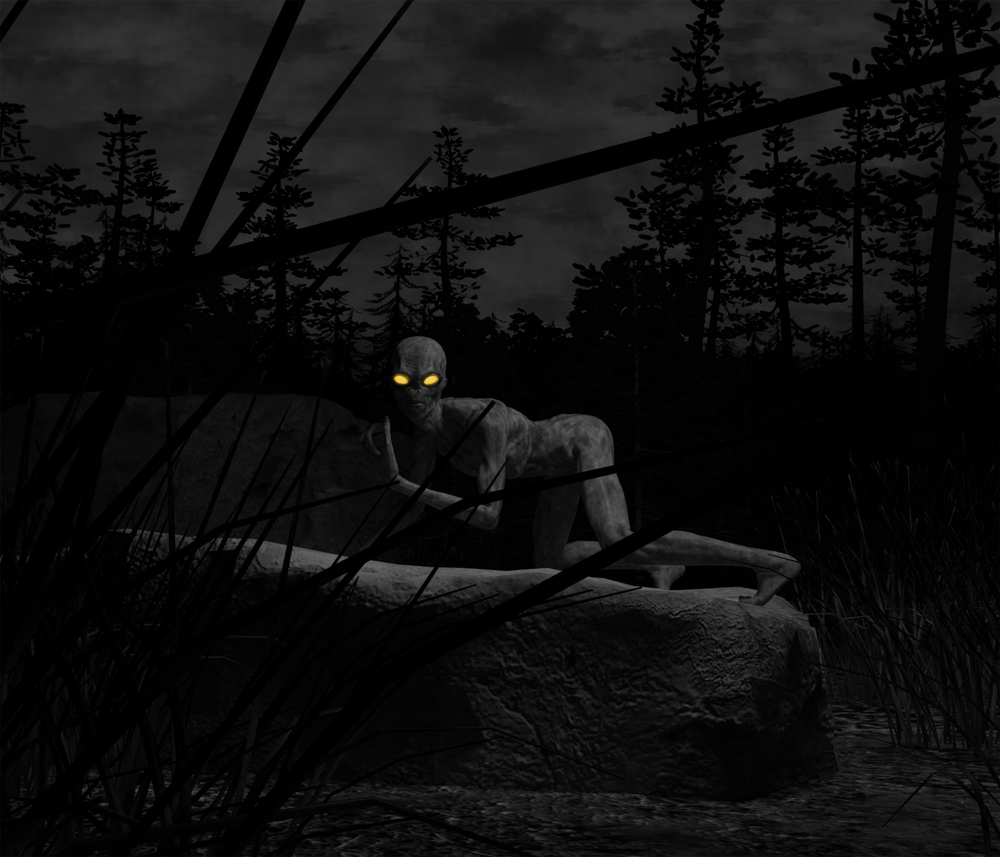
The Dover Demon is a cryptid reported in Dover, Massachusetts, in 1977. Witnesses described it as a small, humanoid creature with large, glowing eyes and pale, smooth skin. The creature was said to have a watermelon-shaped head and long, spindly limbs. The sightings took place over the course of two nights and were reported by multiple teenagers.
Despite extensive searches, no evidence of the Dover Demon was found. The story has become a local legend, with many theories ranging from an alien encounter to an undiscovered species.
14. The Wendigo
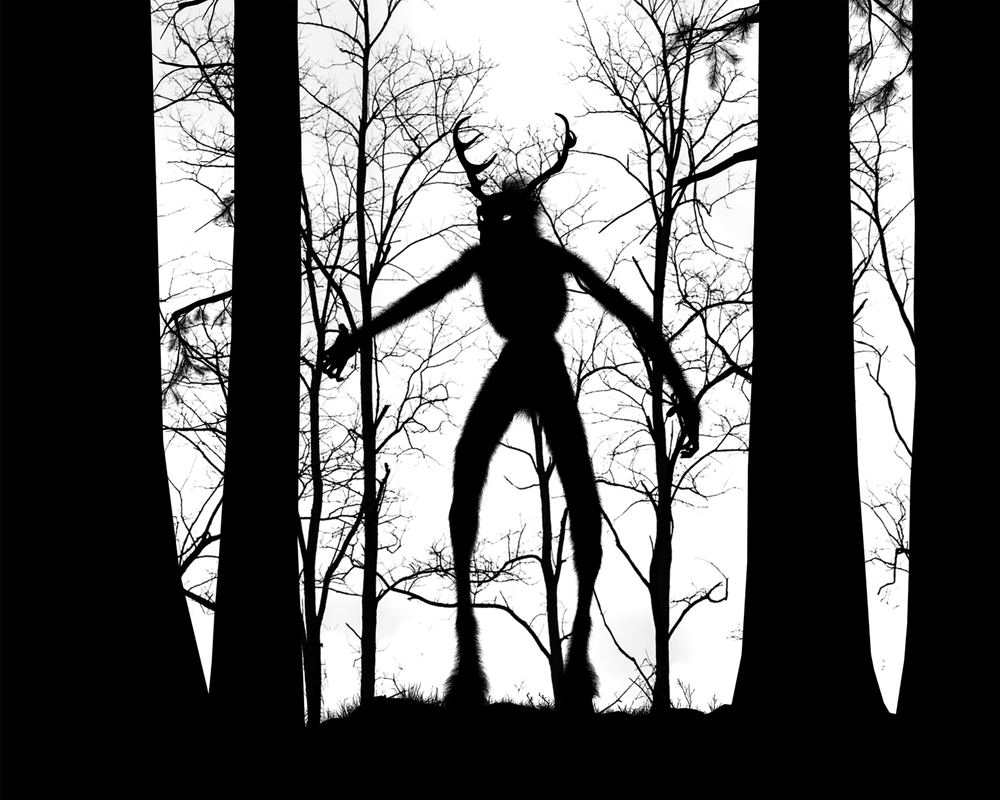
The Wendigo is a cryptid rooted in Algonquin folklore, often described as an evil, cannibalistic spirit that haunts the forests of North America. It is said to have an insatiable hunger for human flesh and is often depicted as a gaunt, skeletal creature with glowing eyes, sharp fangs, and antlers. The Wendigo is believed to embody greed and the dark side of human nature.
While some believe the Wendigo is a supernatural being, others think it could be an exaggerated tale of a real predator or a metaphor for harsh winters and starvation. The legend has been popularised in modern horror stories and continues to frighten and fascinate.
15. Ogopogo
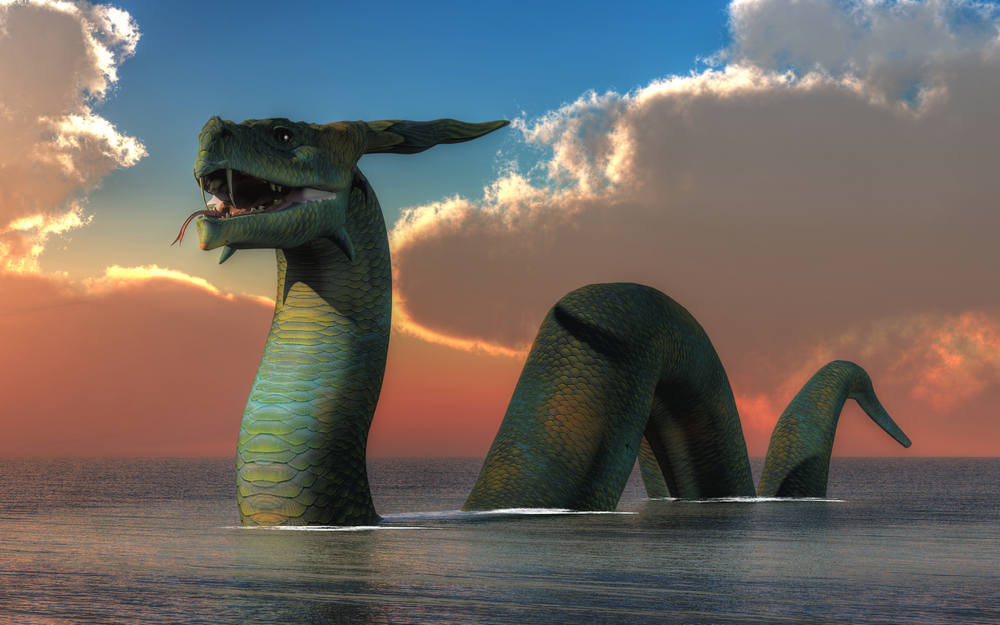
Ogopogo is a lake monster said to inhabit Okanagan Lake in British Columbia, Canada. Described as a serpentine creature with humps and a long, undulating body, the first recorded sighting dates back to the early 19th century. Indigenous legends tell of a water spirit named N’ha-a-itk, which bears a striking resemblance to the modern-day Ogopogo.
Despite numerous expeditions and sonar searches, no solid evidence has emerged. Ogopogo remains a well-known cryptid, drawing tourists and cryptid enthusiasts to the lake in hopes of a sighting.
16. The Mongolian Death Worm
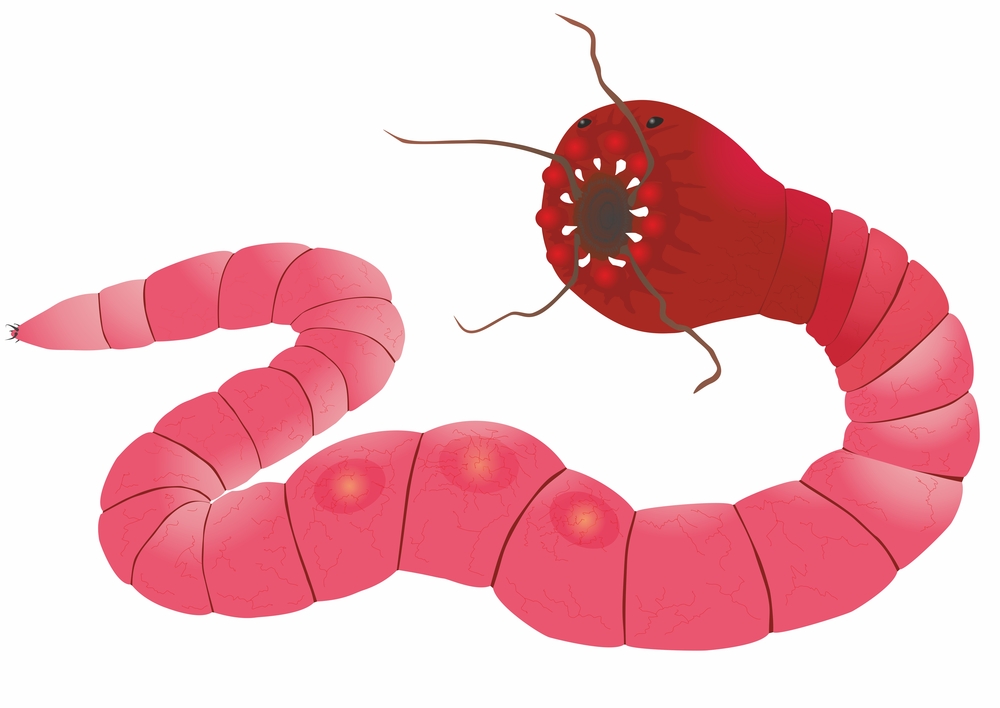
The Mongolian Death Worm is a cryptid said to lurk beneath the sands of the Gobi Desert. Described as a large, red worm capable of spitting corrosive venom or delivering electric shocks, the creature is both feared and respected by local nomadic tribes. Reports claim that the worm can grow up to five feet long and has a striking, bright red body.
Despite numerous expeditions to find the Mongolian Death Worm, no scientific evidence has been discovered. Some researchers suggest it may be a misidentified snake or a myth born from the harsh desert environment.
17. The Loveland Frog
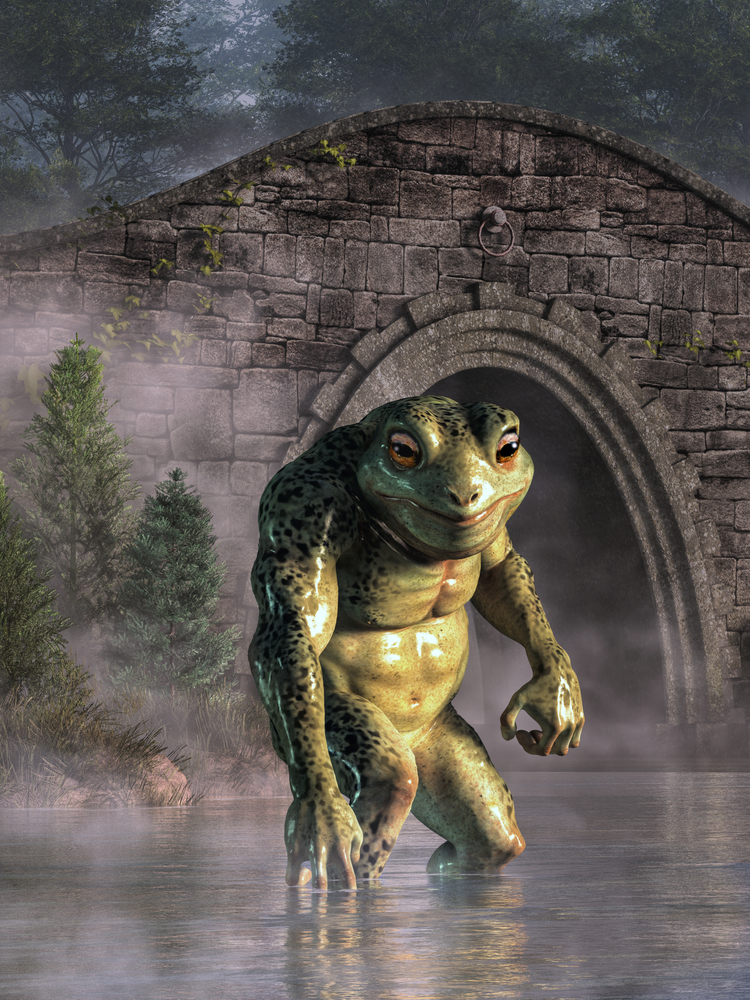
The Loveland Frog, also known as the Loveland Frogman, is a cryptid reported in Loveland, Ohio. Descriptions of the creature vary, but it is generally said to be a bipedal frog or lizard standing around four feet tall. The first sighting was reported in 1955 by a businessman who claimed to have seen three frog-like creatures standing by the side of the road.
The legend was reignited in 1972 when a police officer reported seeing a similar creature. Despite the sightings, no physical evidence has been found, and the Loveland Frog remains a local legend that continues to captivate the imagination.
Are Cryptids Real or Just Legends?
What qualifies as a cryptid, and why do people believe in these creatures? To be considered a cryptid, an animal must have anecdotal evidence supporting its existence but no scientific verification. The line between myth and reality can be thin, as evidenced by past cryptids like the Komodo dragon and the giant squid, which were once dismissed as legend but later proven real.
Could creatures like the Megalodon, a prehistoric shark, still be lurking in the ocean's depths? Or are these stories simply a reflection of our fascination with the unknown?
Cryptid Hunters and the Study of Cryptozoology
Cryptid hunters, often called cryptozoologists, dedicate their lives to investigating these mysterious creatures. While traditional science may view cryptozoology with scepticism, the field continues to thrive, fuelled by the human desire to explore the uncharted. Cryptozoologists often face harsh conditions and ridicule, but the possibility of discovering a new species keeps them going.
Recommended for you!
Best SellersFrequently Asked Questions About Cryptids
What is the difference between a cryptid and a mythical creature?
Cryptids are creatures that are claimed to exist based on anecdotal evidence, such as eyewitness accounts, but lack scientific proof. Examples include Bigfoot and the Loch Ness Monster. Mythical creatures, on the other hand, are beings rooted in mythology and folklore without any claims of real-world existence, such as dragons or unicorns.
Why do people believe in cryptids?
Belief in cryptids often stems from a combination of cultural folklore, the allure of the unknown, and genuine sightings or encounters. People are naturally curious and fascinated by the mysteries of the world, and stories of cryptids provide a sense of wonder and adventure. For some, the possibility of discovering a new species fuels their interest.
Have any cryptids ever been proven to exist?
Some creatures once considered cryptids have been proven to exist. The most notable examples are the Komodo dragon, the okapi, and the giant squid. These animals were initially dismissed as mythical or exaggerated tales until they were scientifically documented.
Can cryptids be dangerous?
The danger of a cryptid depends on the creature in question. Some, like the Chupacabra, are associated with livestock attacks, while others, like Bigfoot, are reported to be shy and non-aggressive. It’s worth noting that most cryptid sightings are anecdotal, and there is no verifiable evidence of any cryptid causing harm to humans.
Are there any laws about hunting or protecting cryptids?
In some places, there are laws that either protect cryptids or restrict their hunting. For example, in Skamania County, Washington, it is illegal to harm or harass Bigfoot. These laws are often in place as a precaution and to promote tourism. Additionally, some conservation laws may protect habitats believed to be home to cryptids.
Are there any famous cryptid hoaxes?
There have been several famous cryptid hoaxes. One of the most well-known is the 1934 “Surgeon’s Photograph” of the Loch Ness Monster, which was later revealed to be a staged image using a toy submarine. Another is the case of the Fiji Mermaid, a hoax created by sewing the upper half of a monkey to the tail of a fish, which was exhibited as a real mermaid in the 1800s.
Can modern technology help prove the existence of cryptids?
Advancements in technology, such as drone surveillance, high-resolution cameras, and DNA analysis, have improved the chances of capturing evidence of cryptids. However, despite these advancements, no definitive proof has been found. Technology does, however, allow for more thorough investigations and debunking of false sightings.
What is the most common explanation for cryptid sightings?
Many cryptid sightings are attributed to misidentified animals, optical illusions, or hoaxes. For instance, the Yeti is often explained as sightings of bears, while Nessie is sometimes attributed to floating debris or waves. In other cases, mass hysteria or psychological phenomena may play a role in how people interpret what they see.
Can I study cryptozoology academically?
Cryptozoology is not typically offered as an academic subject at traditional universities, as it is considered a fringe science. However, there are courses and programmes, like the Cryptozoology Diploma Course offered by Centre of Excellence, that allow enthusiasts to explore the field in depth and learn about the history, methodology, and famous cases related to cryptids.
Study Cryptozoology for £29
If you're captivated by the stories of cryptid animals and want to learn more about the world of the unexplained, consider enrolling in the Cryptozoology Diploma Course with Centre of Excellence. Discover the legends, learn the science behind the myths, and explore the methods used to track these elusive creatures—all for just £29.


